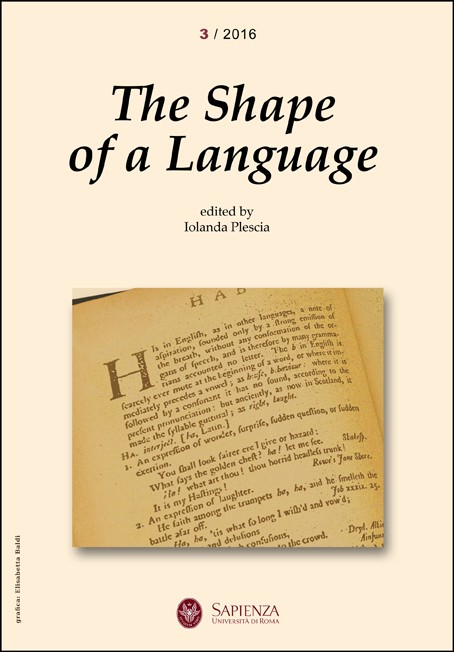Comparing Syntactic Strategies for Proximity and Distance in the Verse/Prose Comedies of Shakespeare and Jonson
Abstract
This paper is based on a current collaborative research project related to Shakespearean syntax. While much has been made of the significance of lexis, phonology, grammar and dialectal variation in discursive analysis of the plays, there has been sparse critical concentration on Shakespeare’s syntactic strategies. Culpeper (2001) has drawn attention to the often under-rated significance of syntactic features in Shakespearean texts and suggested that more research is required in this area. He also notes, like Hope (2010) and also Hussey (1988), how syntactic nuances in the Shakespeare text help to establish characterisation. However, such discussion is restricted to instances where syntactic features relate to cognitive organisation of speech. In this paper Shakespearean and Jonsonian comedies spanning the late Elizabethan and early Jacobean period are investigated for the use or non-use of the Verb Second inversion feature with subject pronouns in declarative clauses, where the grammatical subject pronoun inverts round the finite verb standing in second position. It was found that interesting differences distinguish Shakespeare’s and Jonson’s use of this syntactic trait in ways that we associate with their differing authorial stance in relation to contemporary reference.
Keywords: Shakespeare, Jonson, early modern English, syntax, Verb Second inversion, Elizabethan and Jacobean comedy


